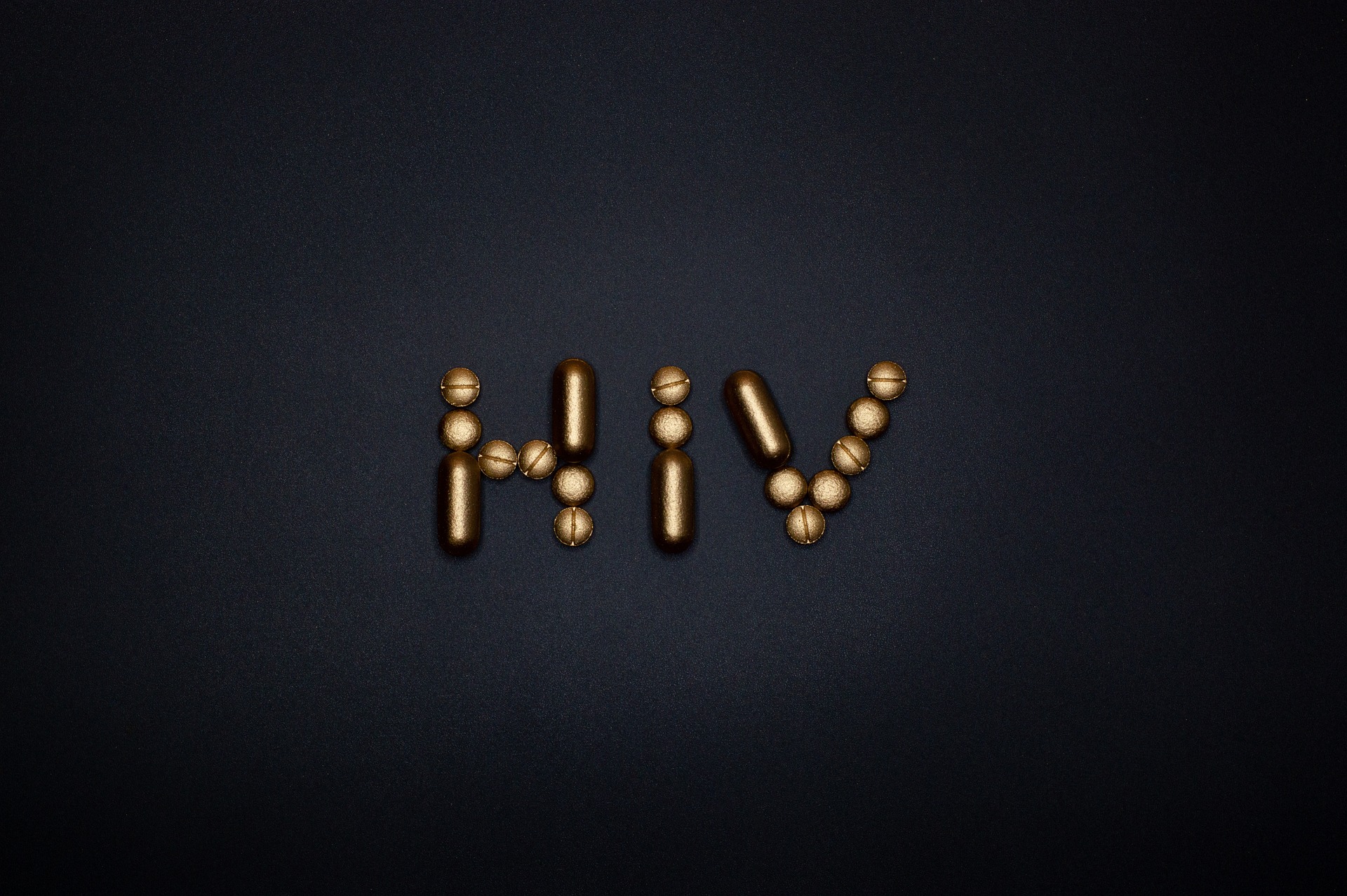
A gene mutation that can cure AIDS is now linked to people who lived near the Black Sea between the Stone Age and Viking Age. That’s up to nine thousand years ago. The gene, CCR-five delta thirty-two, codes for a protein on immune cells and is how HIV enters some of those cells.
Bone marrow transplants with a mutated version of this gene have cured a handful of AIDS patients, and since then, the hunt has been on to trace the origin of this mutation. About ten to sixteen percent of European genomes carry this variant. Researchers found it when they studied thousands of modern human genomes sourced from a project trying to catalog human gene variation. They then searched for the variant among ancient genomes from about eight thousand BC to one thousand AD and hit the jackpot when it was traced to one of Europe’s early farmers near the Black Sea.
The mutation exploded between eight thousand and two thousand years ago, suggesting it was somehow advantageous to people then, long before HIV appeared in humans about a hundred years ago. The question being addressed by scientists is why. One theory for why CCR-five delta 32endured is that it may have dampened the immune response as infectious disease became more common in a newly agrarian society. They would have had an advantage over people with an overly aggressive immune response that caused damage or death.
We’ll likely never know why the variant spread in people so long ago or why it is still present today, but recognize its value in fighting AIDS.
More Information
Viking DNA helps reveal when HIV-fighting gene mutation emerged: 9,000 years ago near the Black Sea
A study of more than 3,000 genomes has traced a gene mutation that confers HIV resistance to a person who lived near the Black Sea around 7000 B.C.ged: 9,000 years ago near the Black Sea.
How are people cured of HIV? Here's everything you need to know
Only a few people have been cured of HIV, but scientists are working to develop cures that could be accessible to more of those infected.
The Human CC Chemokine Receptor 5 (CCR5) Gene: MULTIPLE TRANSCRIPTS WITH 5′-END HETEROGENEITY, DUAL PROMOTER USAGE, AND EVIDENCE FOR POLYMORPHISMS WITHIN THE REGULATORY REGIONS AND NONCODING EXONS
To understand the molecular mechanisms that regulate human CCR5 gene expression, we initiated studies to determine its genomic and mRNA organization. Previous studies have identified a single CCR5 mRNA isoform whose open reading frame is intronless.